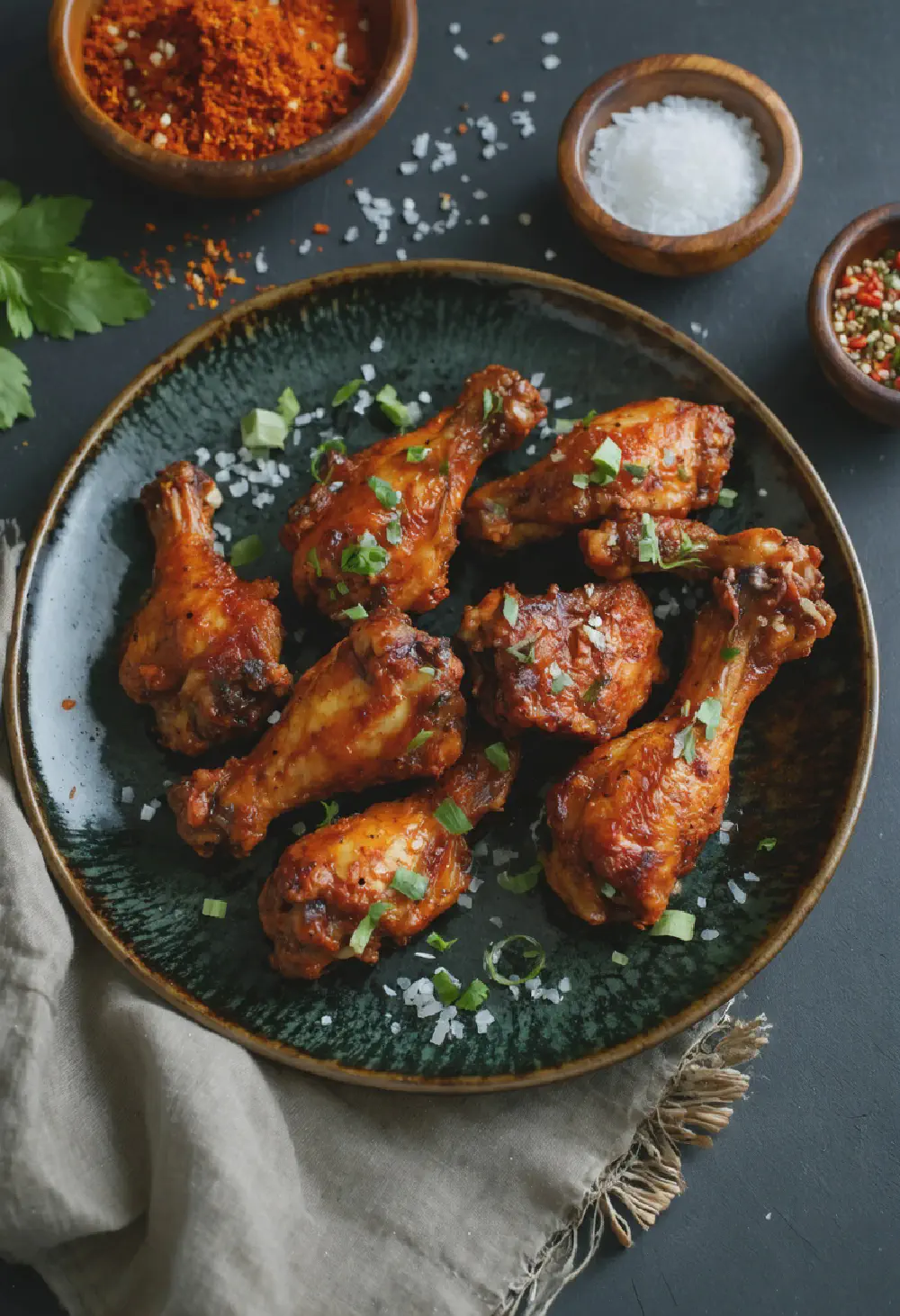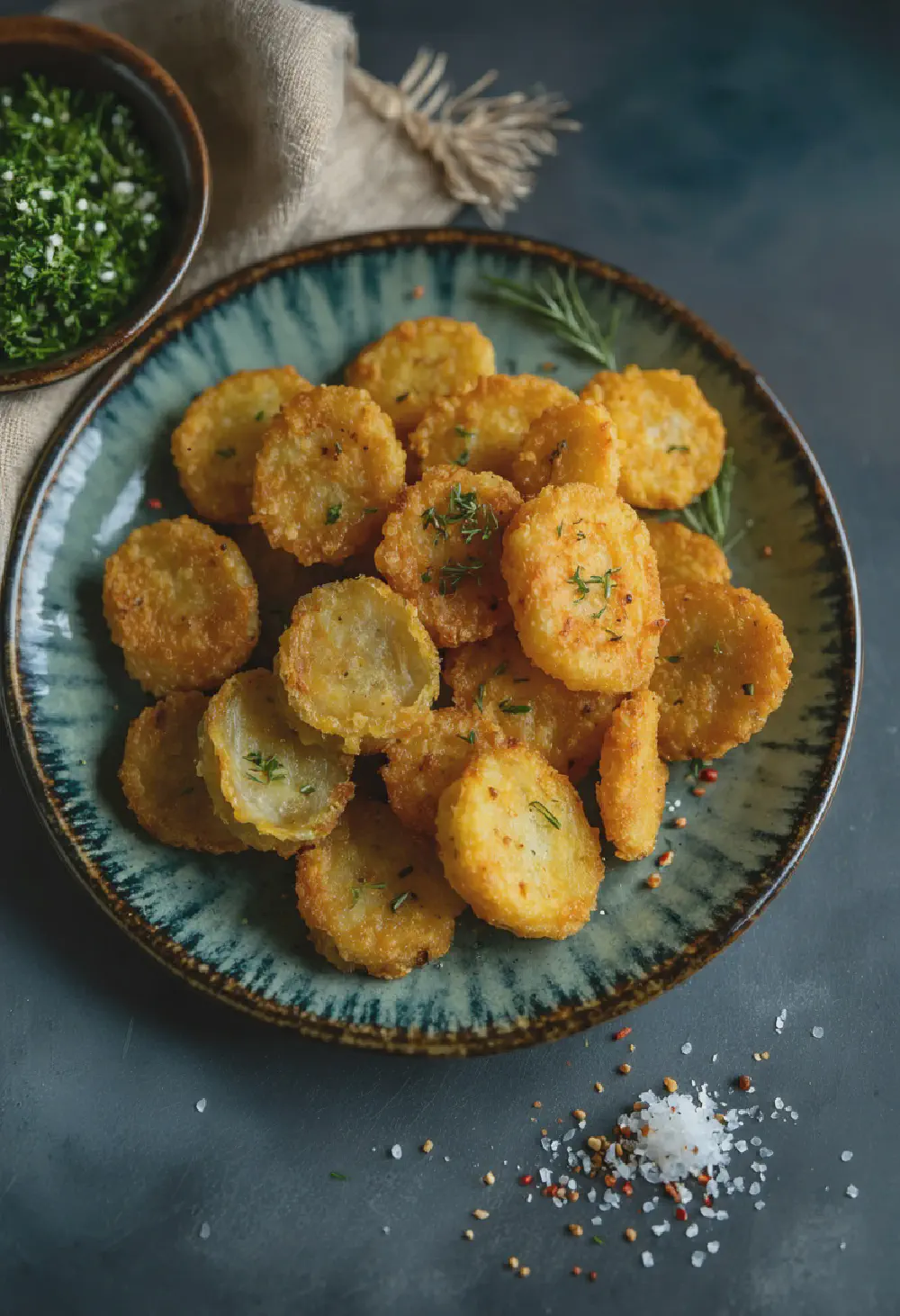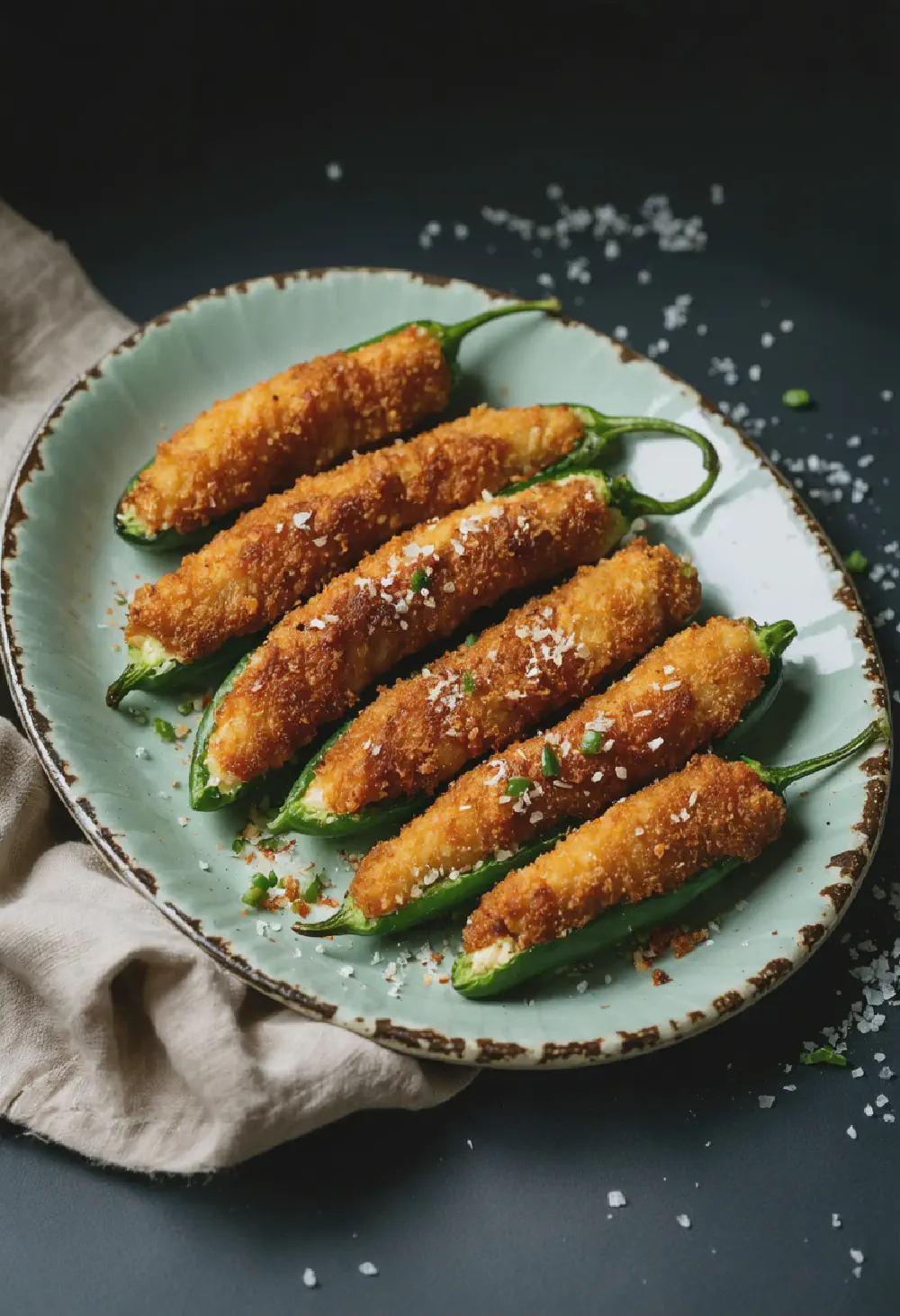Peri-Peri Wings
15M
1H
- Makes 4 servings
- 2 lbs chicken wings, split at the joint, tips removed
- 1/2 cup fresh lemon juice
- 1/4 cup olive oil
- 6 cloves garlic, minced
- 2-4 fresh red chilies (such as bird's eye), finely chopped
- 1 tablespoon paprika
- 1 teaspoon dried oregano
- 1 teaspoon salt
- 1/2 teaspoon black pepper
- 1/4 cup chopped fresh parsley, for garnish
- In a large bowl, combine the lemon juice, olive oil, minced garlic, chopped chilies, paprika, oregano, salt, and black pepper to make the peri-peri marinade.
- Add the chicken wings to the bowl and toss to coat evenly with the marinade. Cover and refrigerate for at least 2 hours, or overnight for best results.
- Preheat your oven to 400°F (200°C). Line a baking sheet with aluminum foil and place a wire rack on top.
- Arrange the marinated wings on the wire rack, ensuring they are not touching each other.
- Bake in the preheated oven for 40-45 minutes, turning the wings halfway through, until they are crispy and cooked through.
- Remove the wings from the oven and let them rest for 5 minutes. Garnish with chopped fresh parsley before serving.
Peri-Peri Wings: A Spicy South African Delight
History
Peri-Peri Wings have a rich history that traces back to the vibrant culinary traditions of South Africa. The term “Peri-Peri” originates from the Swahili word “Pili-Pili,” which means “pepper-pepper,” reflecting the fiery nature of the dish. Introduced by Portuguese explorers in the 15th century, the Peri-Peri chili pepper became a staple in South African cuisine. Over time, these wings evolved into a beloved dish, often enjoyed at social gatherings and barbecues, symbolizing the fusion of African and Portuguese flavors.
Taste Profile
The taste profile of Peri-Peri Wings is a bold and exhilarating experience. These wings are renowned for their intense heat, derived from the Peri-Peri chili pepper, which is complemented by a tangy and slightly sweet undertone. The marinade typically includes ingredients like lemon, garlic, and herbs, which add depth and complexity to the flavor. The result is a harmonious blend of spiciness and zest, making Peri-Peri Wings a favorite among those who appreciate a fiery kick with their meals.
Cultural Significance
In South African cuisine, Peri-Peri Wings hold a special place due to their cultural significance. They are more than just a dish; they represent the country’s diverse culinary heritage and the integration of different cultural influences. Often served at celebrations and family gatherings, these wings bring people together, fostering a sense of community and shared enjoyment. The popularity of Peri-Peri Wings has also spread globally, showcasing South African flavors on the international stage and highlighting the country’s rich gastronomic traditions.
By exploring the history, taste profile, and cultural significance of Peri-Peri Wings, one can truly appreciate the depth and vibrancy of South African cuisine. Whether you’re a spice enthusiast or a culinary explorer, these wings offer a delicious journey into the heart of South Africa’s food culture.



















